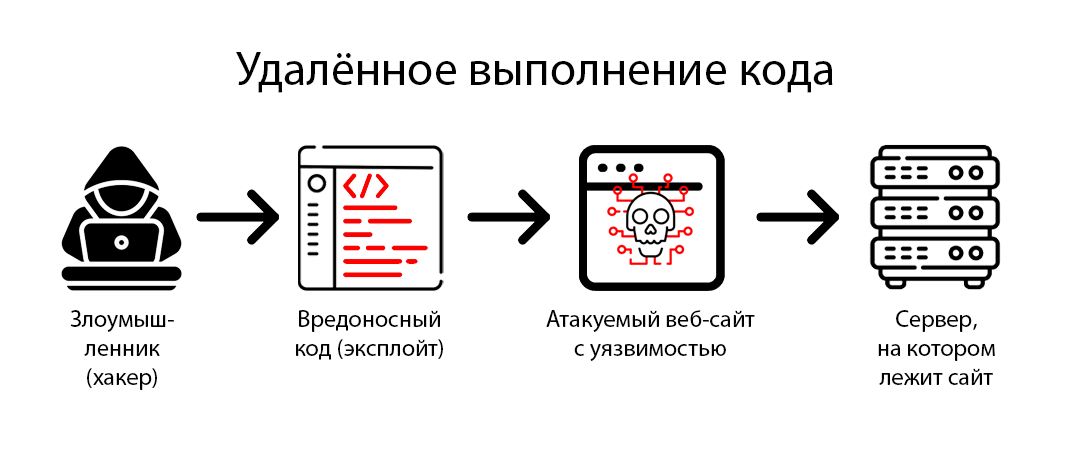Step 1: Server Security Analysis
The first step in detecting and eliminating vulnerabilities on a server is to conduct a security analysis. This requires using specialized tools such as Nmap, OpenVAS, or Nessus. These tools will help identify any potential vulnerabilities on the server, as well as check its configuration for compliance with security best practices.
nmap -sV -O
Step 2: Checking for Updates and Patches
An important step in ensuring server security is to regularly check for updates and patches for the operating system and installed software. Vulnerabilities can be fixed by developers through updates, so it’s important to keep up with the latest software versions.
sudo apt-get update
sudo apt-get upgrade
Step 3: Disabling Unnecessary Services and Ports
To reduce the server’s attack surface, it is recommended to disable unnecessary services and ports. This will reduce the risk of exploiting vulnerabilities and provide more reliable server protection.
sudo systemctl stop
sudo systemctl disable
Step 4: Installing a Firewall and Updating Rules
To protect the server from external attacks, you should install a firewall and configure port access rules. This will allow you to control traffic, filter suspicious packets, and prevent unauthorized access to the server.
sudo apt-get install ufw
sudo ufw enable
sudo ufw allow
Step 5: Monitoring Activity and Logs
To detect abnormal activity and security incidents in a timely manner, it is recommended to set up monitoring of logs and events on the server. This will allow you to respond quickly to threats and prevent vulnerabilities before they are exploited.
sudo tail -f /var/log/syslog
sudo tail -f /var/log/auth.log
Conclusion
Detecting and eliminating vulnerabilities on a server is an important step in ensuring its security and protection against attacks. By following the above recommendations and using specialized tools, you can increase the level of protection for your server and prevent potential threats.





